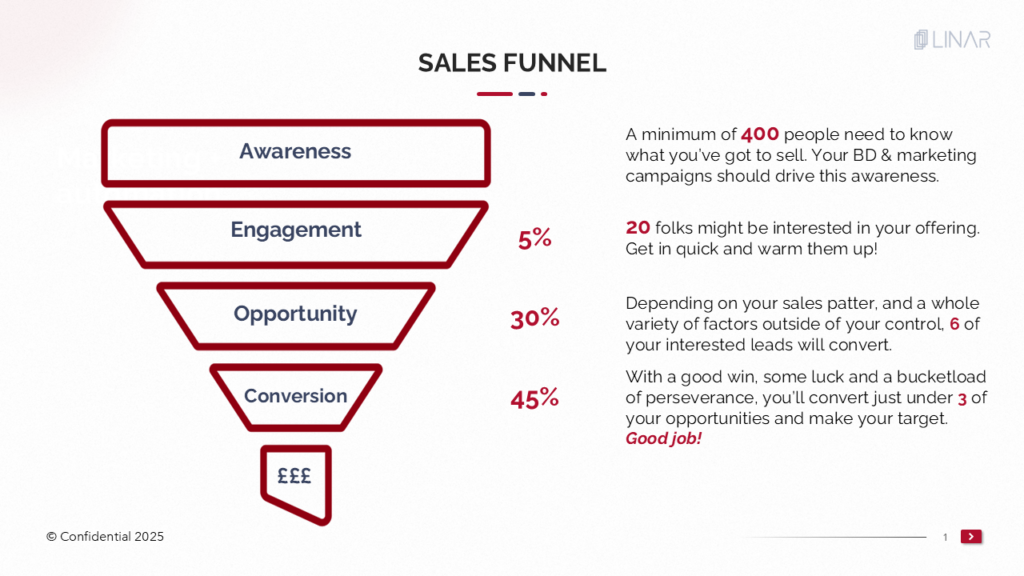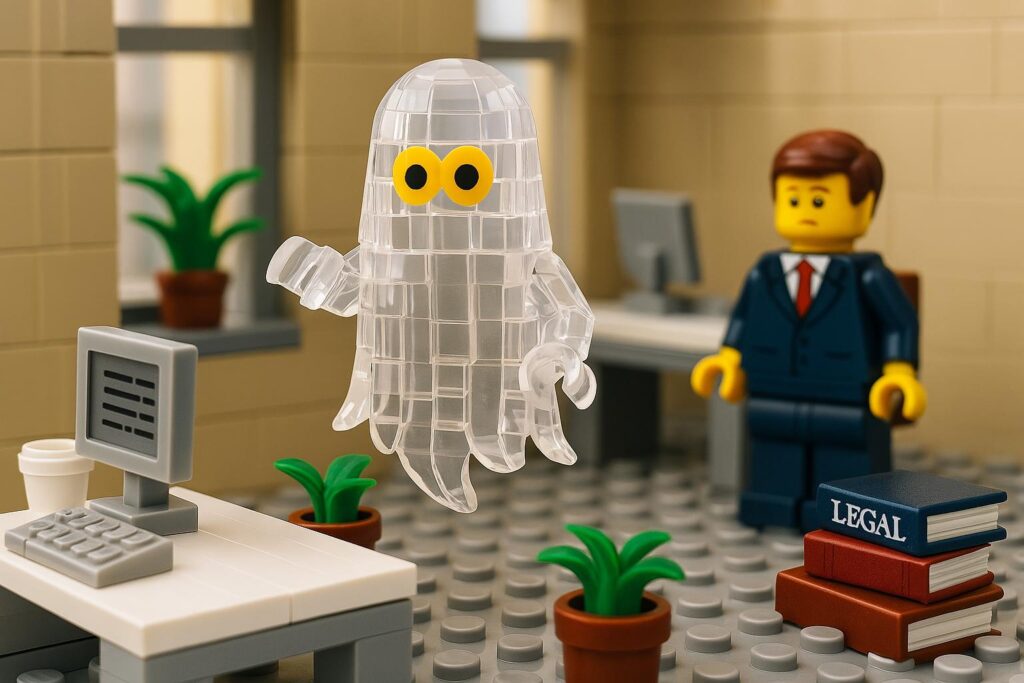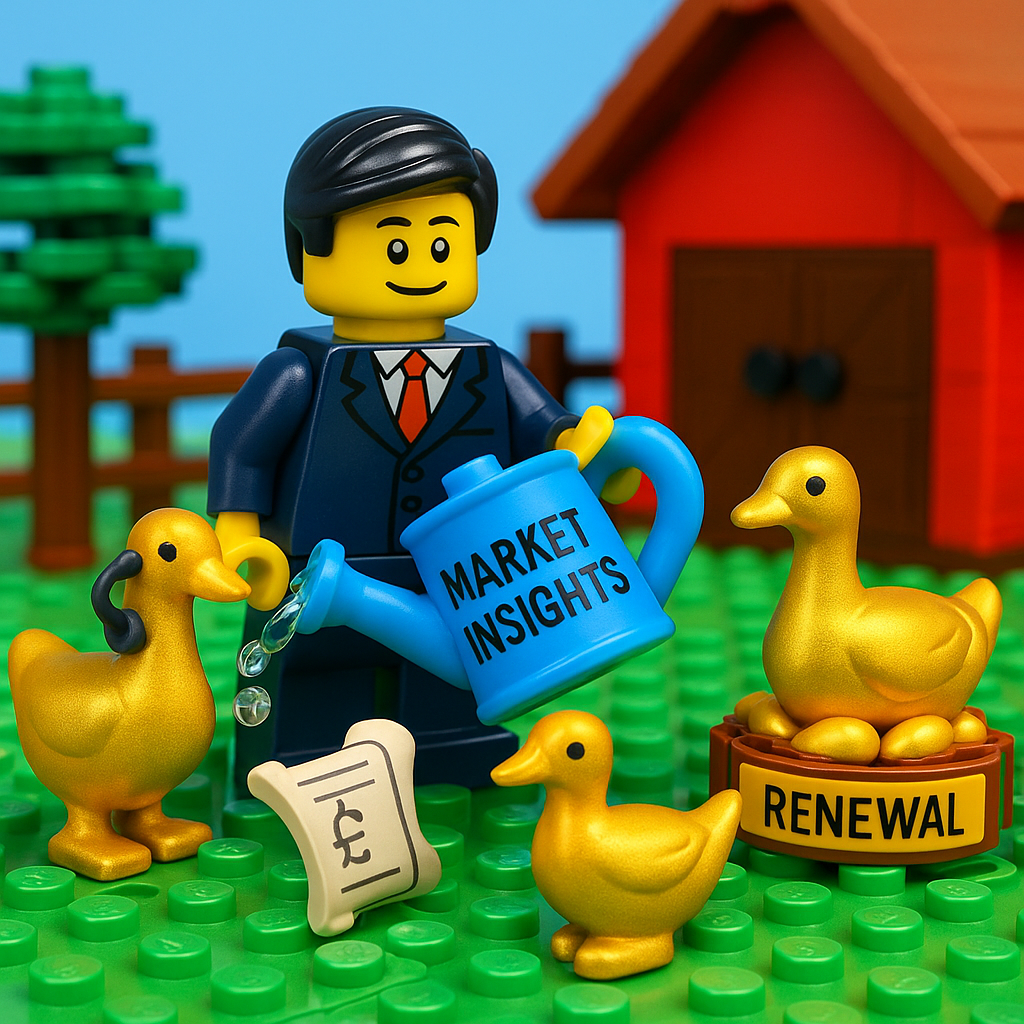Get over ghosting
“Thanks for your email – I’ll get back to you shortly.”
Customer, three months ago. Still waiting.
Rejection stings. Whether it’s a flat “no thanks” or just eerie silence after what felt like a great meeting, being blanked can really take the wind out of your sails. But in sales, rejection isn’t just common – it’s guaranteed.
This week’s Three Things is for anyone who’s ever sent a follow-up, checked their inbox 37 times, and quietly questioned their entire career. You’re not alone. Enjoy.
#1. You’re not the problem (well… probably not)
That non-response? It’s almost never personal. Customers are juggling their own nonsense—budget freezes, turf wars, end of year performance reviews, inboxes that look like war zones.
Reframe the silence:
- Not now ≠ never
- Ghosted ≠ game over
- No = a brilliant excuse to ask “Why?”
And if your customer is kind and generous enough to provide you with genuine, actionable feedback and areas for improvement? Great. Learn, tweak, and move on. No sulking. No weird or desperate LinkedIn posts moaning about how rude your customers are.
#2. Stop sending emails into the abyss
We’ve all done it. The sad, vague follow-up. But ghosting often happens because we’re just… boring. Here are five lines that should be banned immediately:
- “Just checking in to see if you had a chance to review…”
Translation: I’ve got nothing new to say, but I’m desperate. - “Hope this finds you well.”
No one knows what this means. Stop it. - “Circling back on this – any updates?”
Firstly, stop circling – you’re not a seagull. If there were updates, they’d have told you. - “Did you get my last email?”
Yes. And they chose not to reply. Now you’ve reminded them and annoyed them. - “Getting this to the top of your inbox.”
A personal pet hate. If it was important for them, it would already be there.
Instead, try something like (once you’ve convinced yourself that the phone is just too scary):
- “I’ve had another thought about how we could help with [insert client problem]. Fancy a quick chat this week?”
- “We’ve just concluded a similar project for one of your peers and have a number of lessons learned which you might find useful. Can we discuss?”
- “You mentioned [insert challenge] – here’s a short article that might help. Thought of you when I saw it.”
Be useful. Be human. Be brief. Then move on.
#3. Build a better buffer
Sales is a tough and brutal sport. It’s no coincidence the top of the sales funnel is much much wider than the bottom. Rejection will feel even more devastating when it’s your only lead. To mitigate the inevitable losses, you need to stack your pipeline so there are a variety of deals bubbling away at each stage of the cycle.
Below is a worked example of what could be considered a healthy pipeline. As a general rule of thumb, given that sales is generally part (not all) of the role our customers have, we’d recommend no less than five genuine opportunities in the mix at any one time.
EXAMPLE
Let’s say you want to close £50k in revenue in the next quarter. Your average contract value is £20k. That’s three deals you need to close.

Moral of the story? You don’t need 100% success. You just need volume, consistency, and a strategy. The next time someone ghosts you, update the CRM, wish them well, and keep moving.
Final thoughts
- You’re not being ghosted because you’re terrible.
- You’re being ghosted because follow-up is a skill.
- A strong pipeline is the best ghost repellent there is.
Want help building a follow-up rhythm, or auditing your pipeline flow? You know where to find us. We never ghost.





